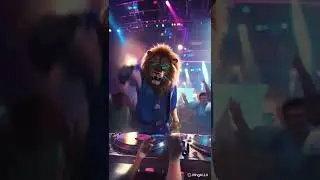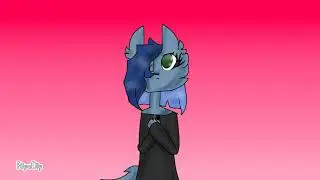Renato Guttuso dipinge i peperoni, 1975. Guttuso performing the paint of peppers.
© Rai educational
Painting is my trade, that is my trade and my way of establishing contact with the world. I wish I were passionate and simple, daring and not excessive. I would like to reach complete freedom in art, the freedom that, as in life, consists in truth.“ Renato Guttuso
“When I was asked to paint a picture in front of a TV crew, I thought I'd paint the simplest, easiest thing, to show the public how I paint any object: in this case a pepper”. In 1975 the historic Rai Teche program was launched How a work of art is born by Franco Simongini: the great Italian artists open their studios to the Rai troupes to show and talk about their work. In the program there are artists such as Giorgio de Chirico, Marino Marini, or Giacomo Manzù.
“Last night I went to the restaurant, I saw some peppers, I bought them and they brought them to my studio and I said I'll paint them tomorrow. Very simple". In this episode, Renato Guttuso (Bagheria, 1911 - Rome, 1987) is photographed in his Rome studio while he portrays a still life composed of peppers, one of the painter's favorite subjects. The result is a painting lesson that tells the genesis of a work of art, while describing the Sicilian artist's painting and composition techniques.
Renato Guttuso was born on 26 December 1911 at Bagheria. Renato Guttuso was one of the Italian painters of greatest international repute in the post-Second World War period. Together with other politically committed artists, he founded the Fronte Nuovo delle Arti which aimed to reinstate twentieth-century European art to its rightful place which Fascism had denied it. Guttuso displayed an interest in and gift for drawing from a very early age and from 1928 he frequented the workshop of the Futurist painter Pippo Rizo. He enrolled at the Faculty of Law at Palermo University in 1930, but dropped out when two of his paintings were shown at the Prima Quadriennale d’Arte Nazionale de Roma in 1931 and he had the opportunity to see works by contemporary artists. The following year the Galleria del Milione in Milan displayed his work alongside that of other Sicilian artists and his style gradually shifted towards the metaphysical painting of Carlo Carrá and Giorgio de Chirico. During the early 1930s Guttuso came into contact with numerous artists such as Mirko, Afro and Fontana. Later on, when he had settled in Rome, he met the founding members of the association of anti-fascist artists CORRENTE, Giacomo Manzù and Aligi Sassu, with whom he exhibited his work in 1939.His rejection of the European political situation was expressed in his works, such as Execution by Firing Squad in the Countryside, painted in 1938 (Rome, Galleria nazionale d’arte moderna e contemporanea), which is dedicated to Federico García Lorca. Guttuso continued to use painting to denounce and examine wars such as those of Korea, Algeria and Vietnam, and his clear-cut political stance enabled him to make many trips to East European countries, where he enjoyed great influence. Nevertheless, Guttuso’s oeuvre, which displays some elements taken from Picasso and the Central European Expressionists, was never subordinated to propaganda.
Following the Second World War, Guttuso, a member of the anti-fascist resistance movement since 1943, returned to Italy and became a key figure in the country’s cultural renaissance. His worldwide reputation grew during these years, in which he produced many still lifes, monumental history scenes and tributes to old and new masters such as Courbet and Dürer, and Van Gogh and Picasso, respectively.
Watch video Renato Guttuso dipinge i peperoni, 1975. Guttuso performing the paint of peppers. online, duration hours minute second in high quality that is uploaded to the channel Everything has its first time 11 April 2021. Share the link to the video on social media so that your subscribers and friends will also watch this video. This video clip has been viewed 749 times and liked it 21 visitors.







